Will a New Era of Turbocharging Bring Back Old Problems?

In an effort to squeeze as much power from every car, while making them more fuel-friendly, automakers are increasingly switching their engines to use a technology that’s not exactly new and which isn’t typically associated with fuel economy – turbocharging.
Turbocharged engines are making a huge comeback in the industry as more car buyers are looking for the best performance without having to spend a lot on fuel.
Turbochargers can do exactly that. In many modern applications a turbo is fitted to a small displacement engine, in order to help it reach a higher output than previously thought. This isn’t a new idea. About 20 years ago we experienced a similar surge in turbocharged engines. During the ‘80s and ‘90s, turbos were available on a variety of performance-oriented vehicles. However, many of these had spotty reliability records.
Turbocharged Dodge Stealths and Mitsubishi 3000GTs were prone to blowing engines. The turbos in the 1997-2002 Audi S4s could end up dead after just 60,000 miles, because they ran extremely hot. Third-generation turbocharged Toyota Supras were known to blow head-gaskets too. There are also well-documented issues with cars ranging from the RX-7 to the Dodge Shadow.
NEW TURBO TECHNOLOGY DESIGNED TO DELIVER RELIABILITY TOO
A turbocharger forces more air and fuel into an engine which in turn makes the engine produce more power. But doing this puts extra stress on a car’s components, which can affect performance and reliability.
One trouble spot for turbos of yesteryear was with cooling. When a turbo compresses and forces air into an engine, that air becomes very hot. That heated air would affect the efficiency of the turbocharger, and result not only in worse fuel economy, but in temperatures that exceeded the level the systems were designed to run at. Today however, changes in turbo technology mean that turbochargers are more efficient, and are designed with better ways to cope with the extra heat.
“The technology has matured to the point where turbocharged engines are just as reliable, durable and dependable as naturally aspirated engines,” says Richard Truett from Ford Powetrain communications. “The reason for that has to do mostly with the internal design of turbochargers. Better bearings, cooling and lubrication have solved the reliability problems that plagued turbos in the 1960s, ‘80s and ‘90s.”
With its EcoBoost engines, Ford is bringing turbo-charged engines that aren’t just for the performance-minded enthusiast. “The technology is changing the way our customers consider engines,” says Truett. “An EcoBoost badge on the vehicle tells a customer that he can have performance and fuel economy, and not have to choose between the two.”
As of right now, Ford offers turbocharged, small-displacement engines in a variety of vehicles. The EcoBoost strategy allows Ford to put a turbo-V6 in the Ford F-150 pickup, or even a turbocharged 4-cylinder in Taurus sedan, vehicles that would normally have a bigger motors.
Turbocharging and downsizing engines also allows automakers to reengineer their vehicles.
“Turbos allow us to reduce the size and weight of the vehicle by installing a smaller, turbo engine, and yet still deliver the power and performance of a larger engine,” Truett said. “Our F-150 EcoBoost is a great example of that. It delivers V8 power and towing with V6 fuel economy.”
The V6 in the EcoBoost F-150 makes 365 hp and 420 lb-ft of torque and gets a combined EPA-tested rating of 18 mpg. Compare that to the competitions’ V6 pickups which don’t have nearly as much power or torque, and some don’t get as impressive mpg numbers. The real eye-opener comes when you compare the F-150 EcoBoost to its V8 rivals, which get comparable power numbers, but can’t get close to the fuel-economy numbers.
“EcoBoost is hugely important to Ford,” says Truett “Going forward, we plan to offer an EcoBoost engine in 90 percent of our North American vehicles by 2014. Some vehicles, such as Taurus, Escape and Fusion, will offer a choice of two EcoBoost engines.”
DIRECT-INJECTION KEEPS THINGS COOL
Hyundai is another brand that’s using turbocharged engines throughout its vehicle range. The mid-size Sonata features a turbocharged engine, as does the rear-wheel drive Genesis coupe and the upcoming (aptly named) Veloster Turbo
“We want to give people the power they want, with great fuel efficiency,” says Derek Joyce, from Hyundai communications. “This is done with a small-displacement and efficient turbocharging.”
Hyundai’s plan for turbocharging that is both efficient and reliable includes direct-injection. “Applying direct injection with turbocharging, helps cool down the intake charge and allows you to run a more efficient boost,” says Joyce. “It helps augment the effect of turbochargers.” By that, he means it helps reduce the operating temperatures, which in turn should produce an engine that is more reliable in the long term.
Of note, however, the Genesis Coupe 2.0T does not utilize direct-injection technology, although Joyce says that is due to restrictions on that particular engine, which pre-dates the company’s new turbocharged direct-injection initiative.
“Direct injection with turbos is definitely the future,” says Joyce. “[It’s the] most efficient package.”
MODERN ERA NOT WITHOUT ITS TURBO ISSUES
BMW had to extend the warranty coverage on its 2007-2010 vehicles to 10 years, or 120,000 miles and later announced a recall of vehicles with the pump in question.
Despite the struggles with this older turbocharged engine, a new turbocharged six-cylinder has seen no major issues, while BMW is currently launching a turbocharged 4-cylinder in a new generation of BMW products, like the 2012 328i.
“Based on lessons learned, engineering went out and built a more robust product which is what we have in the marketplace today,” says Monty Roberts of BMW production communications
“The maximum output of 240 horsepower is achieved at 5,000 rpm, 1,500 rpm lower than in the [older] normally-aspirated 3.0-liter inline six,” he continues. It also has 30% more torque, which arrives at a much lower 1500 rpm and delivers 5 mpg better on the highway compared to the six-cylinder.
A SUPERCHARGED SOLUTION
Turbos are not the only forced-induction answer available, however they do offer a distinct advantage over a supercharger. A supercharger runs off the engine, producing more power, but in doing so creates drag on the engine. A turbocharger, on the other hand, uses only exhaust gasses, that were just going to waste anyway. Additionally, with weight so important to making cars more efficient, turbos are relatively light – especially compared to other high-mpg technologies like hybrids with heavy batteries.
SO WILL THE TURBOCHARGED FUTURE BE PROBLEM FREE?
Delivering performance with fuel economy, turbochargers will continue to play a more major role under the hoods of cars in the coming years. Advancements have been made, although as is evidenced with BMW, with more complex engines come more complex problems. While there’s no guarantee against unforeseen issues, what is obvious from all of the automakers currently integrating turbocharging into their mainstream products, is a commitment to learn from the mistakes of the past.

Sami has an unquenchable thirst for car knowledge and has been at AutoGuide for the past six years. He has a degree in journalism and media studies from the University of Guelph-Humber in Toronto and has won multiple journalism awards from the Automotive Journalist Association of Canada. Sami is also on the jury for the World Car Awards.
More by Sami Haj-Assaad



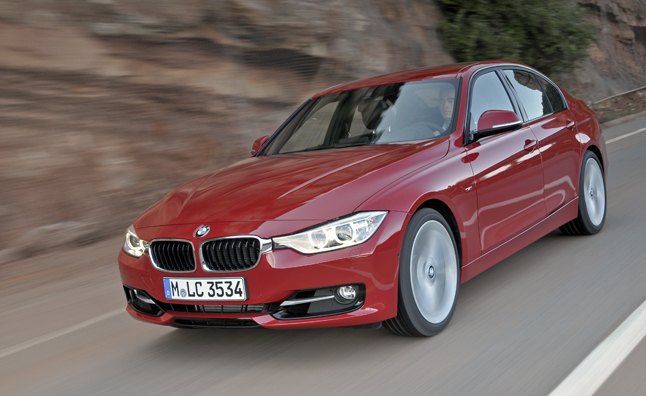



















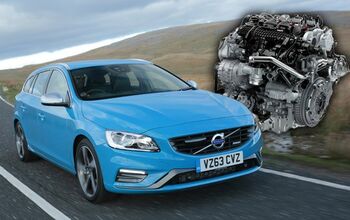
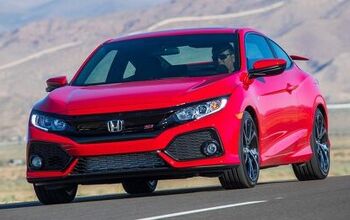
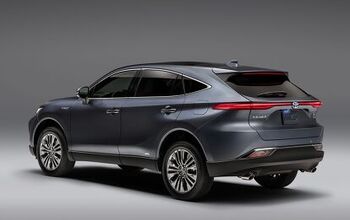

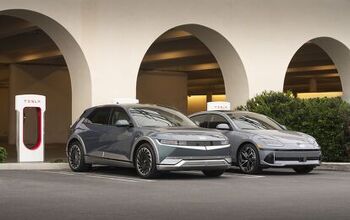




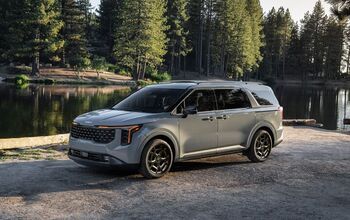

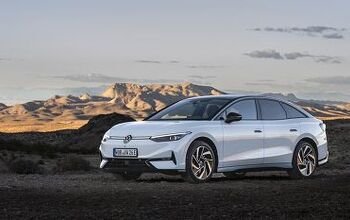

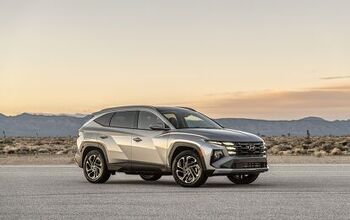

Comments
Join the conversation
Which arrives at a much lower 1500 rpm and delivers 5 mpg better on the highway compared to the six-cylinder.
It Already Has Brought The Old Problems !!!